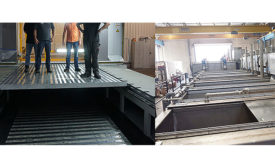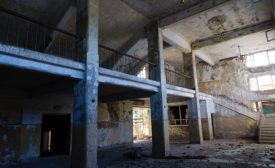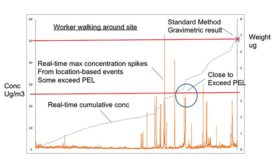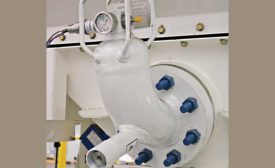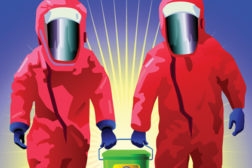Home » dust hazards
Articles Tagged with ''dust hazards''
Understand NFPA 652 and new requirements for a dust hazard analysis
A dangerous dust up
March 30, 2017
Painters exposed to dust more than 6 times OSHA’s permissible limits
Company faces $76K in OSHA penalties
December 11, 2015
Don’t let it happen: Out of sight, out of mind?
Combustible dust incidents continue while rulemaking drags
March 1, 2012
Become a Leader in Safety Culture
Build your knowledge with ISHN, covering key safety, health and industrial hygiene news, products, and trends.
JOIN TODAYCopyright ©2025. All Rights Reserved BNP Media.
Design, CMS, Hosting & Web Development :: ePublishing
